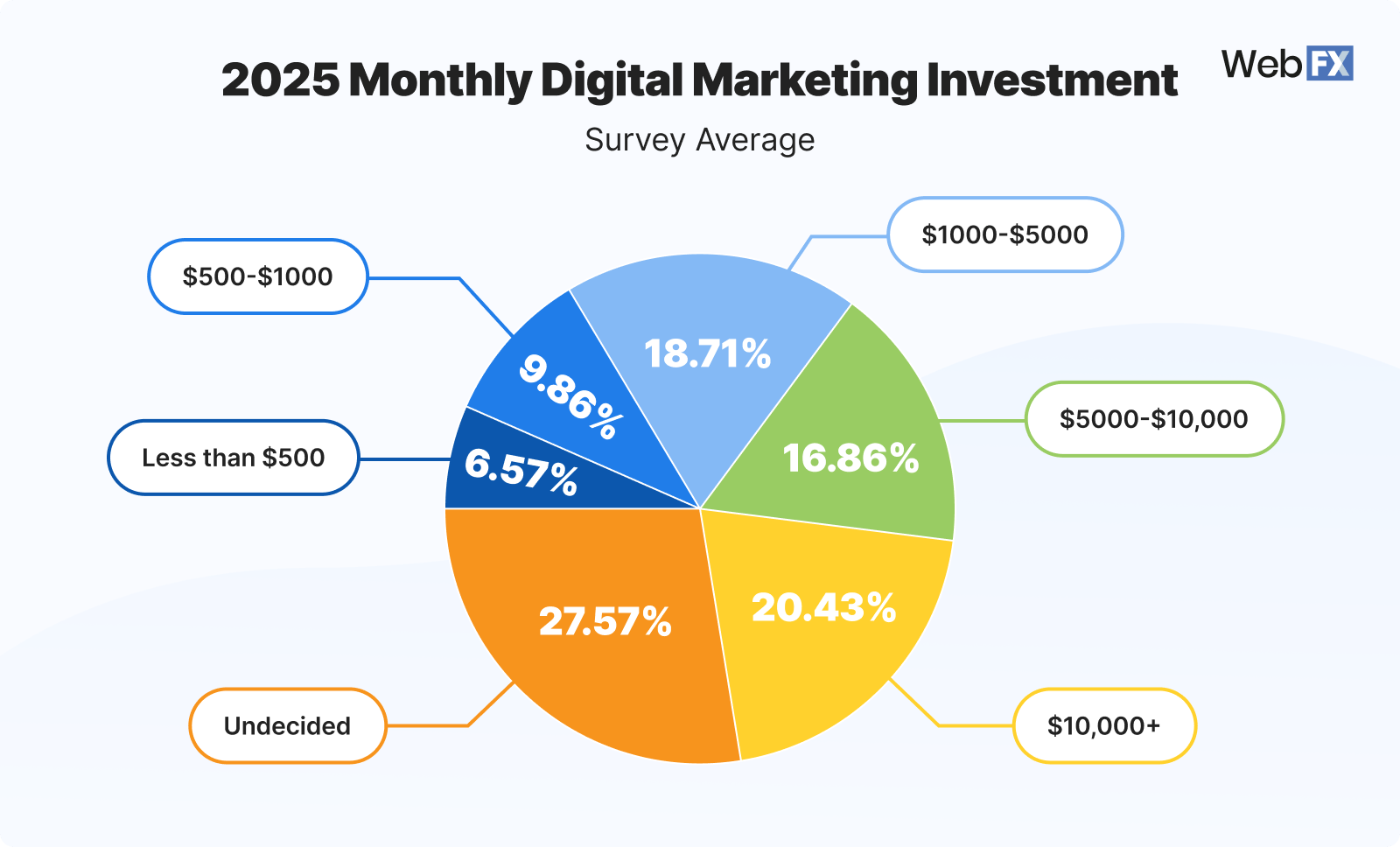For budgeting and resource allocation for insurance marketing in 2025, industry guidance suggests allocating 7-8% of total revenue specifically for marketing efforts, with 5-10% of that marketing budget reserved for new marketing strategies to innovate and test. A common budgeting model is the 70/20/10 split, where 70% goes to proven tactics, 20% to scaling promising initiatives, and 10% to experimental approaches.
In terms of budget allocation across channels, the breakdown typically emphasizes:
- Digital marketing: 40-60% of the marketing budget, covering SEO, paid ads (PPC, social media), email campaigns, and website development, reflecting the growing importance of online channels.
- Traditional marketing: 15-25%, including TV, radio, print, and direct mail, which remain relevant for certain demographics.
- Events and sponsorships: 10-20%, supporting face-to-face engagement and brand visibility.
- Content marketing and social media: Often integrated within digital but can represent 10-25% of the budget, focusing on valuable content creation and community engagement.
Key trends influencing budgeting include:
- Increasing investment in AI, big data, and digital infrastructure, with 78% of insurers planning to boost tech spending in 2025.
- The shift toward omnichannel marketing, combining digital ads, personalized landing pages, email nurturing, and agent follow-up to optimize customer acquisition and retention.
- The importance of customer retention tactics, such as SMS reminders for policy renewals, to maximize lifetime value.
Regarding overall marketing spend, the average marketing budget as a percentage of company revenue in 2025 is rising to about 9.4%, reflecting a growing recognition of marketing as a core growth driver. For insurance specifically, marketing budgets tend to align with this range, balancing cost containment pressures with the need to invest in digital transformation and customer engagement.
In summary, insurance companies in 2025 should plan to allocate roughly 7-9% of revenue to marketing, prioritize digital channels (40-60%), reserve a portion for innovation (5-10%), and adopt a 70/20/10 budgeting model to balance proven and experimental tactics. Embracing AI and omnichannel strategies is critical to maximize ROI and customer retention in a competitive market.





